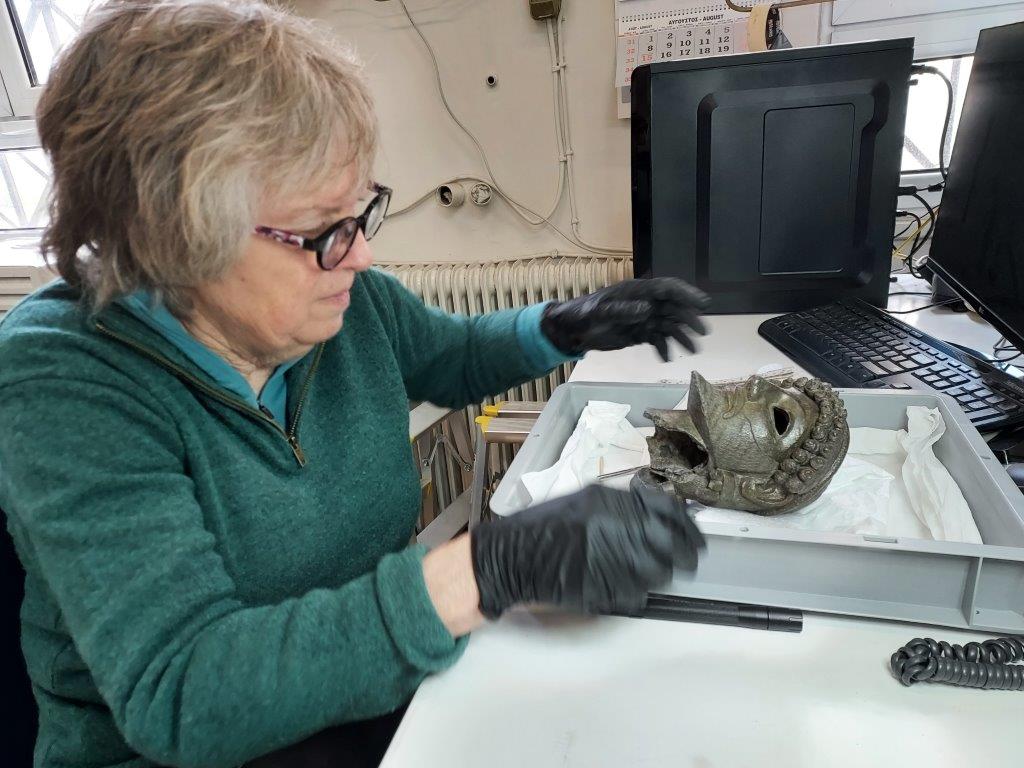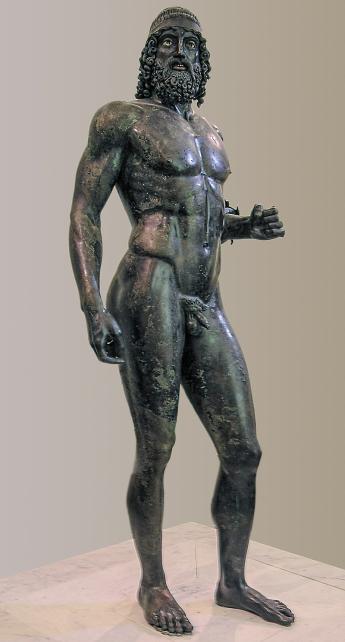Marjorie S. Venit Memorial Lecture: Carol Mattusch, "Greek or Roman? What Do We Know about Ancient Bronze Statues?"

Marjorie S. Venit Memorial Lecture: Carol Mattusch, "Greek or Roman? What Do We Know about Ancient Bronze Statues?"
The biennial Marjorie S. Venit Memorial Lecture in Ancient Mediterranean Art History and Archaeology will take place on Friday, November 17th, beginning with a Tea at 5 pm in the Atrium of the Parren J. Mitchell Art-Sociology Building. Following the Tea, Professor Carol Mattusch will present a talk entitled "Greek or Roman? What Do We Know about Ancient Bronze Statues?" in Room 2203 (Lecture Hall) at 6 pm. The focus of her talk will consider the following questions - What distinguishes a Roman bronze from a Greek one? What kinds of antique Greek bronzes did the Romans collect? Why are so many Roman sculptures made of marble, not bronze? What kinds of bronze statues did the Romans themselves make, how did they use them, and how did they transform classical types and styles? And what are a few of the latest discoveries of Roman bronzes?.
Carol C. Mattusch is Mathy Professor of Art History emerita in George Mason University's Department of History and Art History. Her most recent book is Enduring Bronze: Ancient Bronzes, Modern Views, Getty Museum 2014. She curated Pompeii and the Roman Villa: Art and Culture around the Bay of Naples at the National Gallery of Art in 2008. Current projects: “From Text to Technology: Greek and Roman Bronze Sculpture;” and an edition with commentary of the little-known Bourbon publication, “Disegni intagliati in rame di pitture antiche ritrovate nelle scavazioni di Resina” (“Copper engravings of the ancient paintings discovered in the excavations of Resina”), Naples 1746, of which only 3 copies were printed.
The lecture series is made possible by a generous provision by Dr. Venit, who passed away in 2017, and her family. She was a renowned specialist in the art and archaeology of the ancient Mediterranean world with an emphasis on the Greek center and its periphery considered both geographically and temporally. She will be remembered and honored – and deeply missed – in all the years to come.


